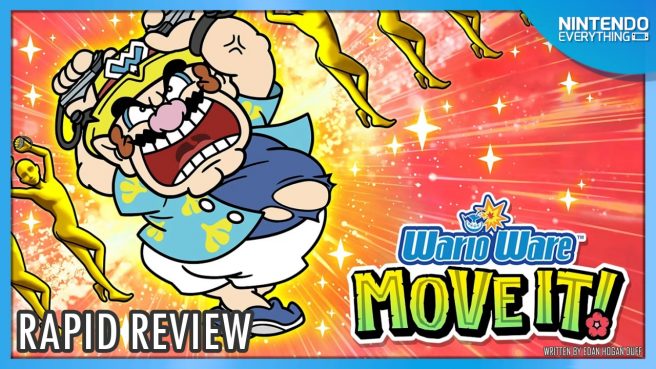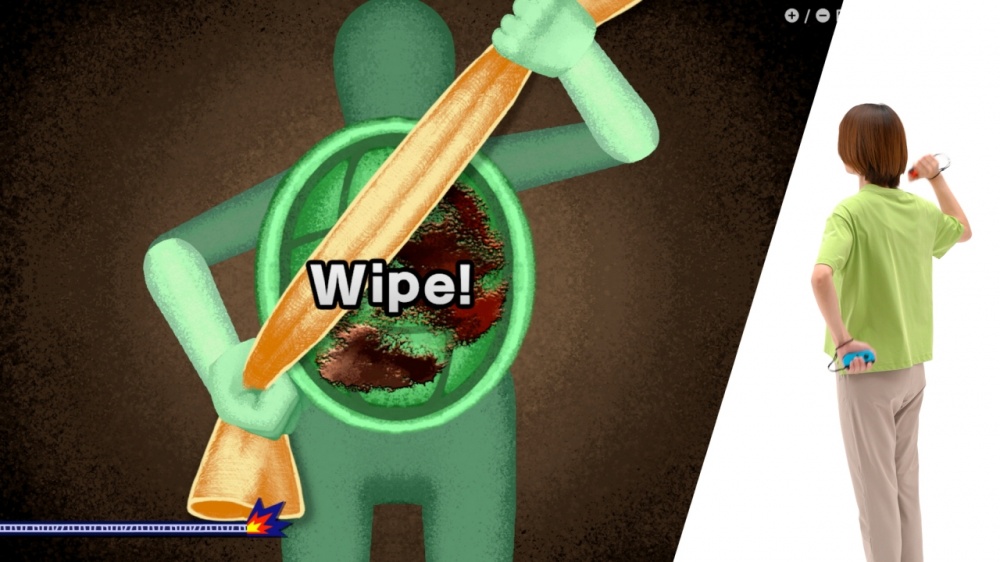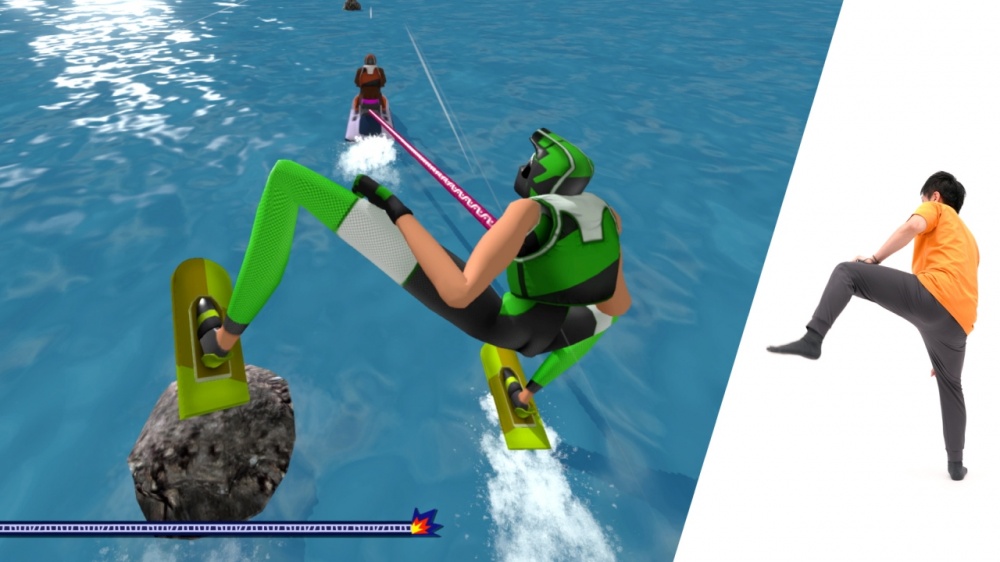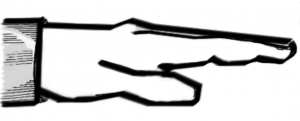System: Switch
Release date: November 3, 2023
Developer: Intelligent Systems
Publisher: Nintendo
One of the most encouraging things about WarioWare as a franchise, is that it’s always just been like that. Seriously – go back and play 2003’s original entry (which you can enjoy via the Nintendo Switch Online Expansion Pass), and you’ll see every bit of the quirky and offbeat charm that the series still exudes today, fully formed at its point of origin. Multiple entries across every Nintendo platform since the GBA haven’t dulled the appeal of playing rapid-fire five-second microgames in quick succession. Now we get a traditional WarioWare outing in the form of Warioware: Move It on Switch. A direct continuation of the motion-based waggle-fest that was WarioWare: Smooth Moves on the Wii, this one sees Wario and co. whisked away to an island resort to, let’s face it, just play a bunch of minigames.
For the uninitiated, the basic setup of WarioWare is a microgame gauntlet of sorts. Wario (or any one of his weird mates) ends up in a cartoon-esque predicament, in which they must play tiny little minigames to succeed. Typically, you get four lives throughout these stages, and if you fail too many microgames, you’re back to square one. Despite still being a whole bunch of fun in single-player, WarioWare has always been a party game at heart. The breathless pace of trying to figure out what you have to do, doing it, and then catapulting a gamepad across the room to the next player in line is still thrilling twenty years later. Move It very much aims to re-capture the heart of the WarioWare experience – something that Get it Together (the previous entry on Switch) strayed a little too far from. Best intentions aside, Wario’s new excursion mostly succeeds with some looming caveats to consider.
The first key element to Move It is its aforementioned reliance on motion controls. Much like Smooth Moves before it, Move It requires you to adopt a wide variety of poses that elicit varying degrees of embarrassment in order to complete each microgame. These poses (or “Forms” as the game refers to them) all utilize two Joy-Con per player. Highlights include Ba-KAW, which calls for your best chicken impression – and Hand Model, which makes use of the criminally under-utilized IR sensor on the right Joy-Con to scan your hand movements. The microgames themselves are typically madcap in nature – build a snowman via your backside, answer the most confusing phone known to man, or engage in a spot of simple fishing (just kidding, your catch will be a fully prepared dose of sushi that dances on a wooden serving board). WarioWare’s often eye-brow raising humor is fully present and accounted for in Move It – time and changing tastes have done little to dull the insanity.
While I had immense fun working through the (admittedly short) campaign, I did occasionally run into issues what exact motion Move It expected of me during each microgame. The game does a decent job of explaining how to set up for each pose, but some games push the suitability of these poses a little too far. As a result, it can be difficult to parse exactly how to do what’s being asked of you, and when you do, it can sometimes feel unnatural. Part of me feels like Move It’s developers knew this would be an issue, as the series’ long-standing 4-strikes-and-you’re-out rule is essentially non-existent here. Sure, you still have four lives – once they expire, however, you can adopt a special zen-like pose and regain all of them immediately. This completely evaporates any and all challenge, and feels like a tacit admission of defeat in tuning the microgames to the poses that were included for Move It.
Beyond the game’s single-player campaign, there are a few multiplayer options that extend Move it’s lifespan. One of the more interesting modes is Copycat Mirror – which plays out like a blend of charades and interpretive mime-art. In this mode, one player can see the screen but has no Joy-Con in hand – the other player has Joy-Con, but must look away from the screen and mimic the actions of player 2. It’s utterly mad, and every time I play it I come away with a smile on my face. Slightly less engaging is the Mario Party-esque mode Galactic Conquest, which never feels even a little bit fair. Mario Kart’s blue shell has always been considered a bit of a tone-setter for Nintendo’s typically unpredictable multiplayer games, but in this case the sheer degree of randomness sweeps away any skill or tact that you might bring to the table.
The Verdict
Aside from my gripes with the game’s controls, I’ve come away from WarioWare: Move It feeling relatively satisfied with its predictable setup and execution. Having said that, there’s this nagging feeling that the game is missing its own unique hook. WarioWare D.I.Y on the DS did everything prior games in the series did, but it also allowed you to make your own games. Smooth Moves on the Wii brought motion controls to the franchise, and essentially did everything Move It does now, 17 years ago. I’d be happy to recommend Move It to newcomers, but I’d be reluctant to fully stand by its humdrum safety. For a series so rooted in ripping up the rulebook, and despite its reverence for WarioWare’s tone and identity, Move It’s failure to really shake things up is its Achilles heel.
WarioWare: Move It copy provided by the publisher for the purposes of this review.



